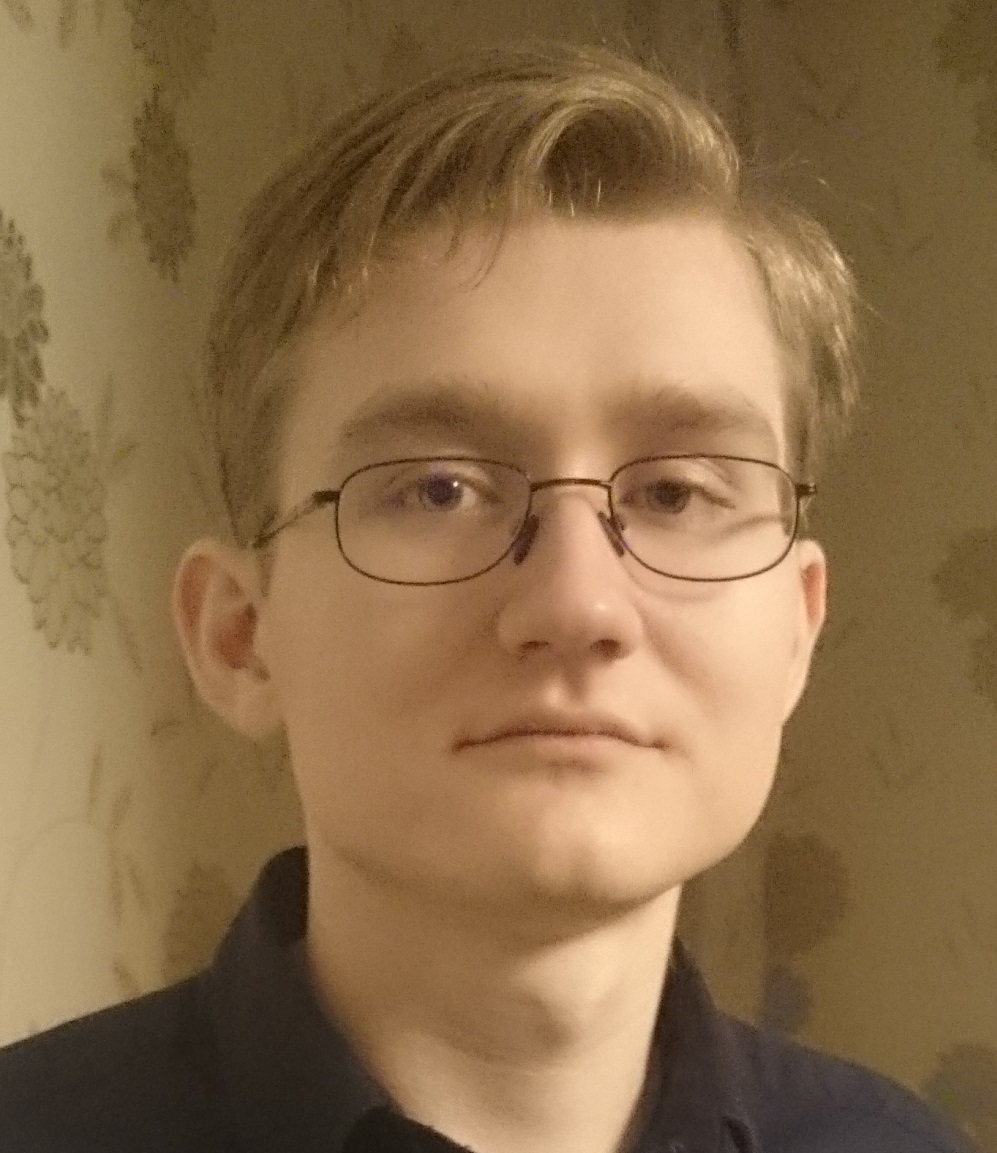November 2019, Moscow
Title: The variety of semistable del Pezzo surfaces
Abstract:
Kollar introduced a generalization of GIT stability for hypersurfaces: stability over rings. This notion is useful for finding good reductions to finite characterstic and for finding good (semistable) birational models of fibrations. I will talk about extending this notion to del Pezzo surfaces of degree 1 and 2. These surfaces are hypersurfaces in weighted projective spaces, where GIT techniques do not work. On the other hand embeddings into the projective spaces are not complete intersections and are difficult to work with. I will talk about generalizations of stability in both of these settings. In particular, I will talk about parameter spaces of del Pezzo surfaces of degrees 1 and 2
